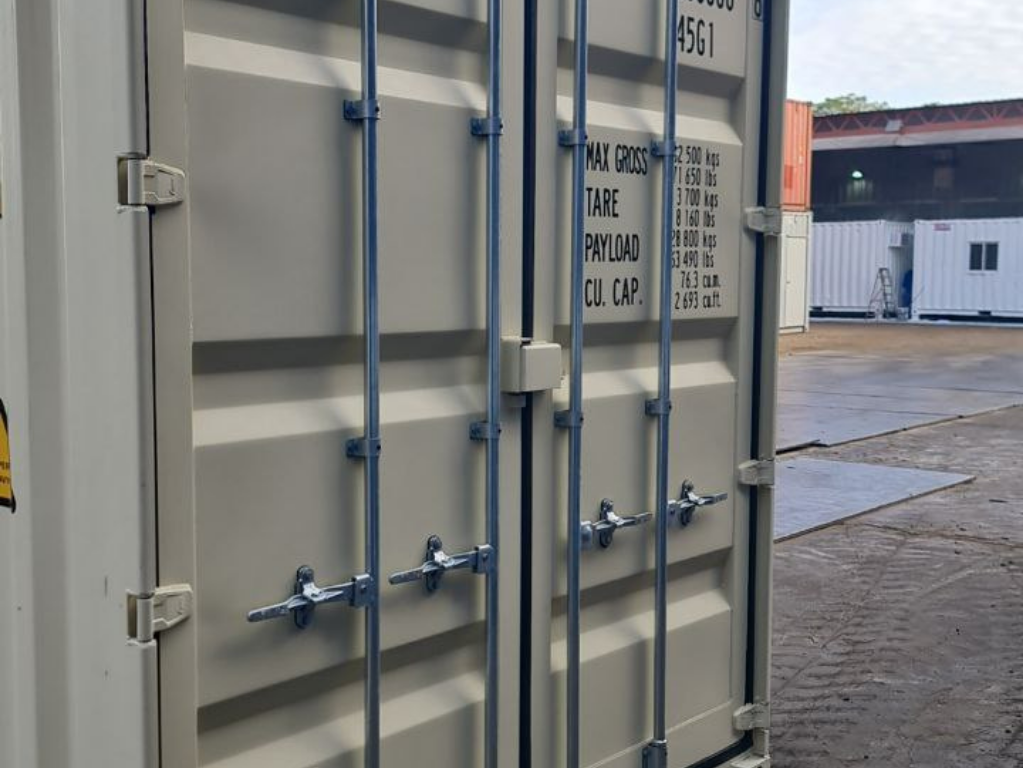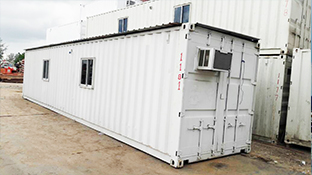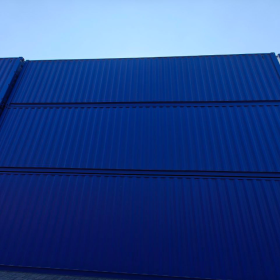Shipping Containers for Disaster Relief: Rapid, Flexible Solutions
In recent years, the increasing frequency and severity of natural disasters have raised significant concerns about our preparedness and response capabilities. From hurricanes and earthquakes to floods and wildfires, communities around the world face devastating consequences when these events occur. Traditional disaster relief methods, often hampered by logistical challenges and time constraints, are not always sufficient. This is where shipping containers come into play, offering rapid, flexible solutions that can significantly enhance disaster response efforts.
Versatility in Design and Functionality
One of the most compelling advantages of using shipping containers in disaster relief is their inherent versatility. Originally designed to transport goods across oceans, these steel structures can be easily repurposed for various uses, such as emergency shelters, medical facilities, storage units, and even mobile command centers. Their modular nature allows for easy stacking and configuration, enabling responders to adapt quickly to the specific needs of the affected community.
For instance, shipping containers can be transformed into temporary housing units for displaced families, equipped with essential amenities such as bathrooms, kitchens, and living spaces. This rapid deployment of safe and secure shelter can provide immediate relief in the aftermath of a disaster, allowing individuals and families to regain a sense of stability and security.
Speed of Deployment
The speed at which shipping containers can be deployed is crucial during disaster relief operations. Unlike traditional construction methods that can take weeks or months, shipping containers can be transported and set up in a matter of days. They are easily transported by truck, train, or ship, allowing aid organizations to quickly move resources to hard-hit areas. In some cases, containers can even be shipped pre-fitted with the necessary facilities, allowing for immediate use upon arrival.
For example, after the devastating earthquake in Haiti in 2010, shipping containers were utilized to create makeshift schools, clinics, and housing solutions for those affected. The rapid deployment of these containers played a critical role in the relief efforts, allowing humanitarian organizations to address urgent needs promptly.
Cost-Effectiveness
In addition to their speed and versatility, shipping containers offer a cost-effective solution for disaster relief. They can often be sourced at a lower cost than traditional building materials, and their durability means they can withstand harsh conditions, reducing the need for frequent replacements. Moreover, shipping containers can be reused multiple times for different disaster response efforts, making them an economical choice for NGOs and government agencies that operate on tight budgets.
Using containers can also minimize waste, as they are often refurbished and repurposed rather than discarded after their initial use. This aligns with sustainable practices and contributes to a more environmentally friendly approach to disaster relief.
Collaboration and Innovation
The use of shipping containers in disaster relief has led to innovative collaborations among architects, NGOs, and governments. For instance, several organizations are experimenting with container-based solutions to create self-sustaining communities that can thrive in the aftermath of disasters. These projects often integrate renewable energy sources, rainwater harvesting systems, and community gardens, promoting resilience and sustainability in vulnerable areas.
Furthermore, the use of shipping containers can facilitate better coordination among various relief organizations. With a standardized design and structure, containers can serve as a common platform for different agencies to work together, share resources, and streamline efforts to maximize their impact.
Challenges and Considerations
While shipping containers offer numerous advantages, there are challenges to consider when utilizing them for disaster relief. Ensuring proper ventilation, insulation, and accessibility for individuals with disabilities are vital factors that need to be addressed in container-based housing solutions. Additionally, local regulations and land-use policies can complicate the establishment of container communities.
Effective training and capacity building for local responders are also essential to maximize the benefits of shipping containers in disaster relief efforts. Communities must be engaged in the planning and implementation processes to ensure that the solutions are culturally appropriate and sustainable.
Conclusion
Shipping containers have emerged as a powerful tool in the arsenal of disaster relief strategies. Their rapid deployment, cost-effectiveness, and versatility make them ideal solutions for responding to the urgent needs of communities affected by natural disasters. As we continue to face the challenges posed by climate change and increasing disaster frequency, innovative uses of shipping containers will play a crucial role in enhancing our resilience and ability to recover. By leveraging the strengths of these adaptable structures, we can create a more responsive and effective disaster relief framework that prioritizes the needs of those affected and fosters long-term recovery and rebuilding.






